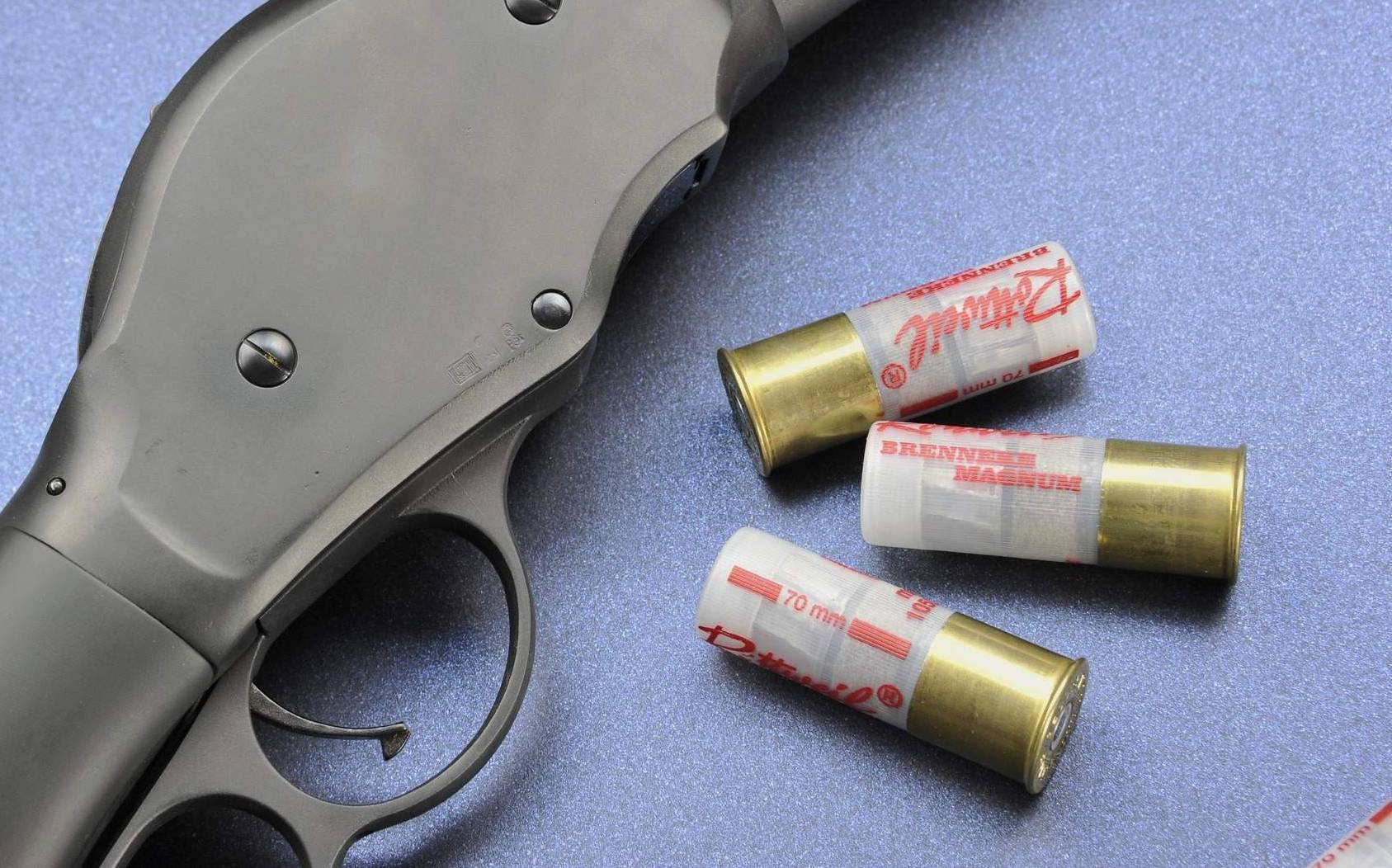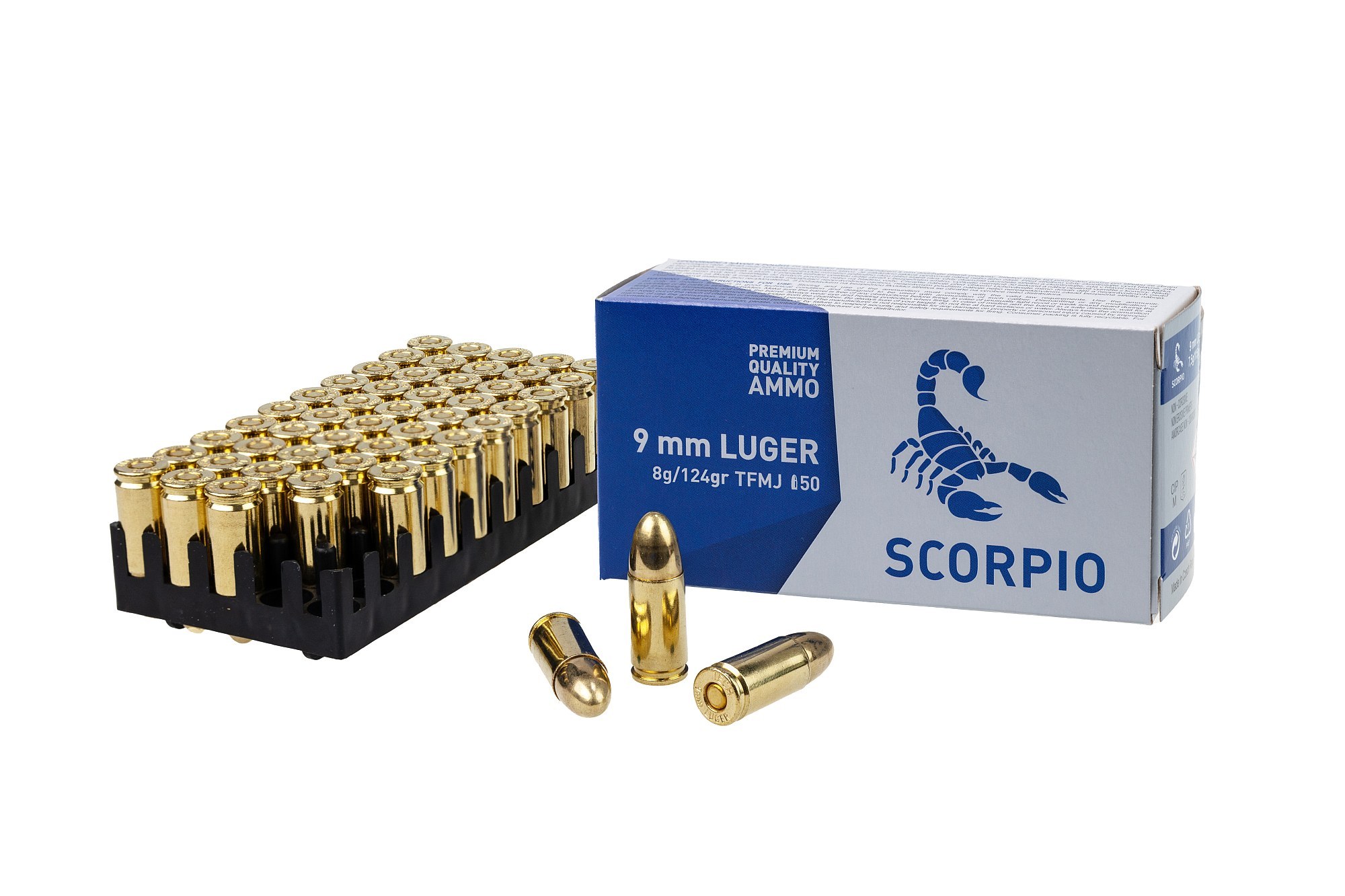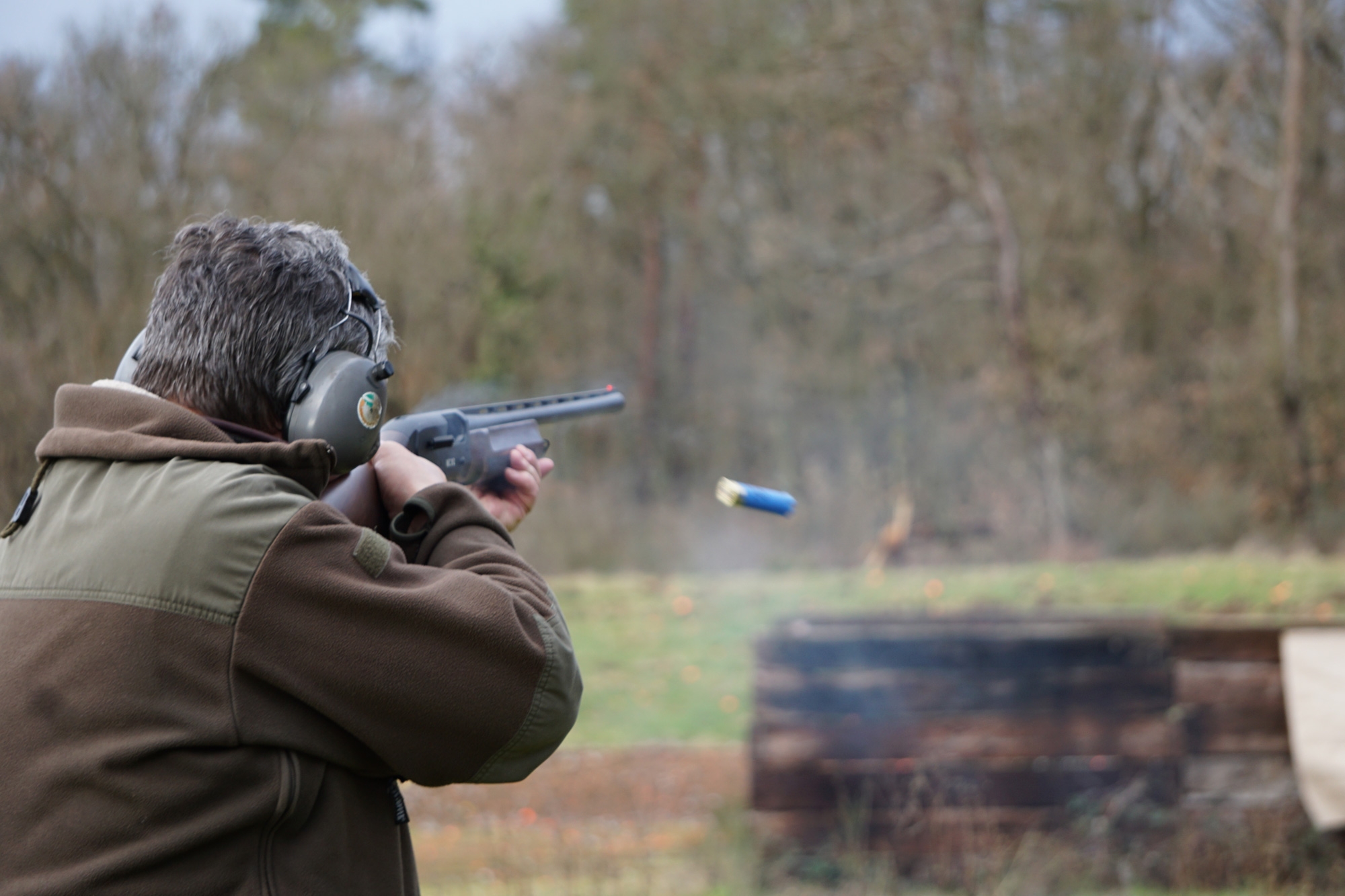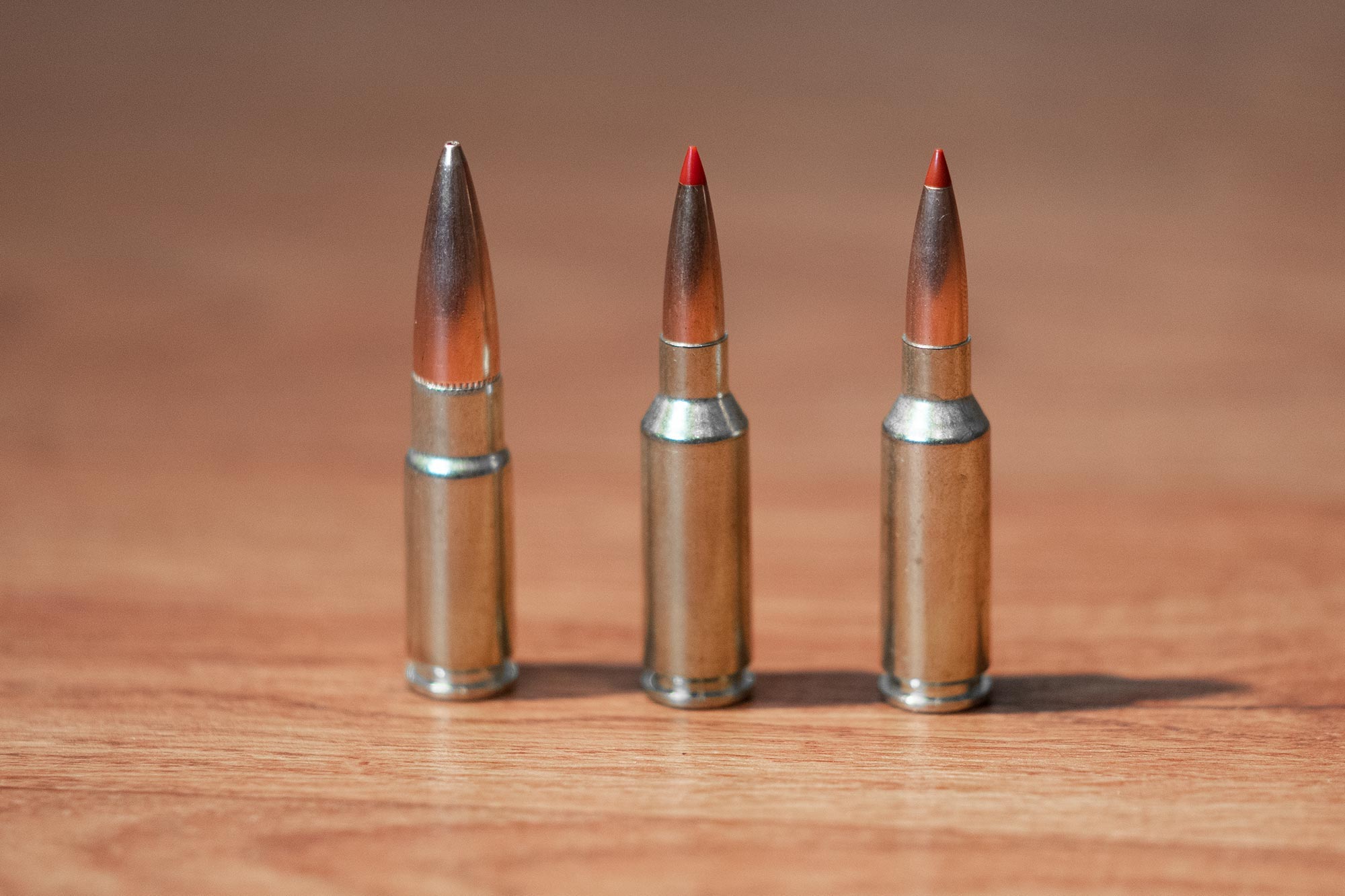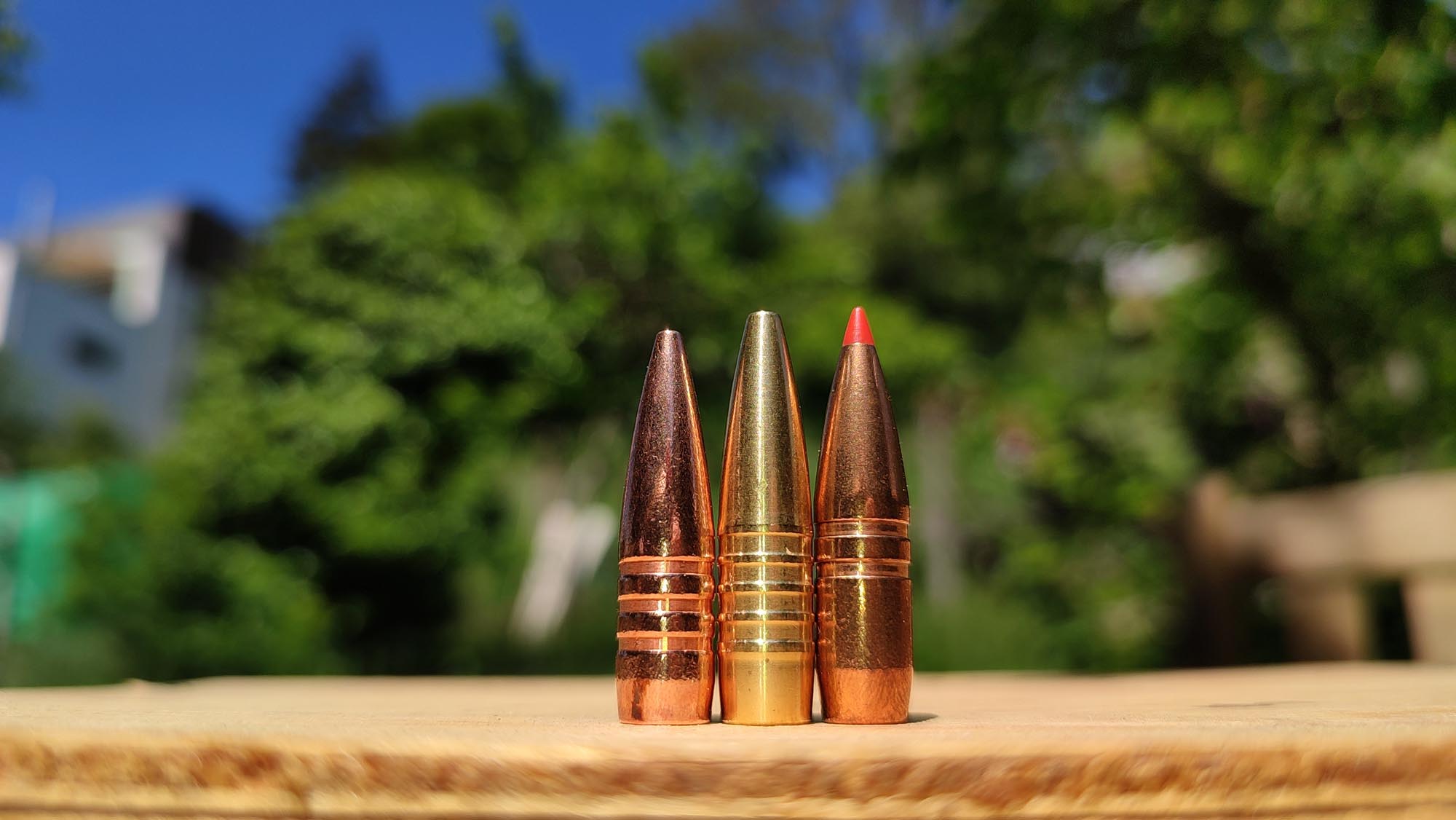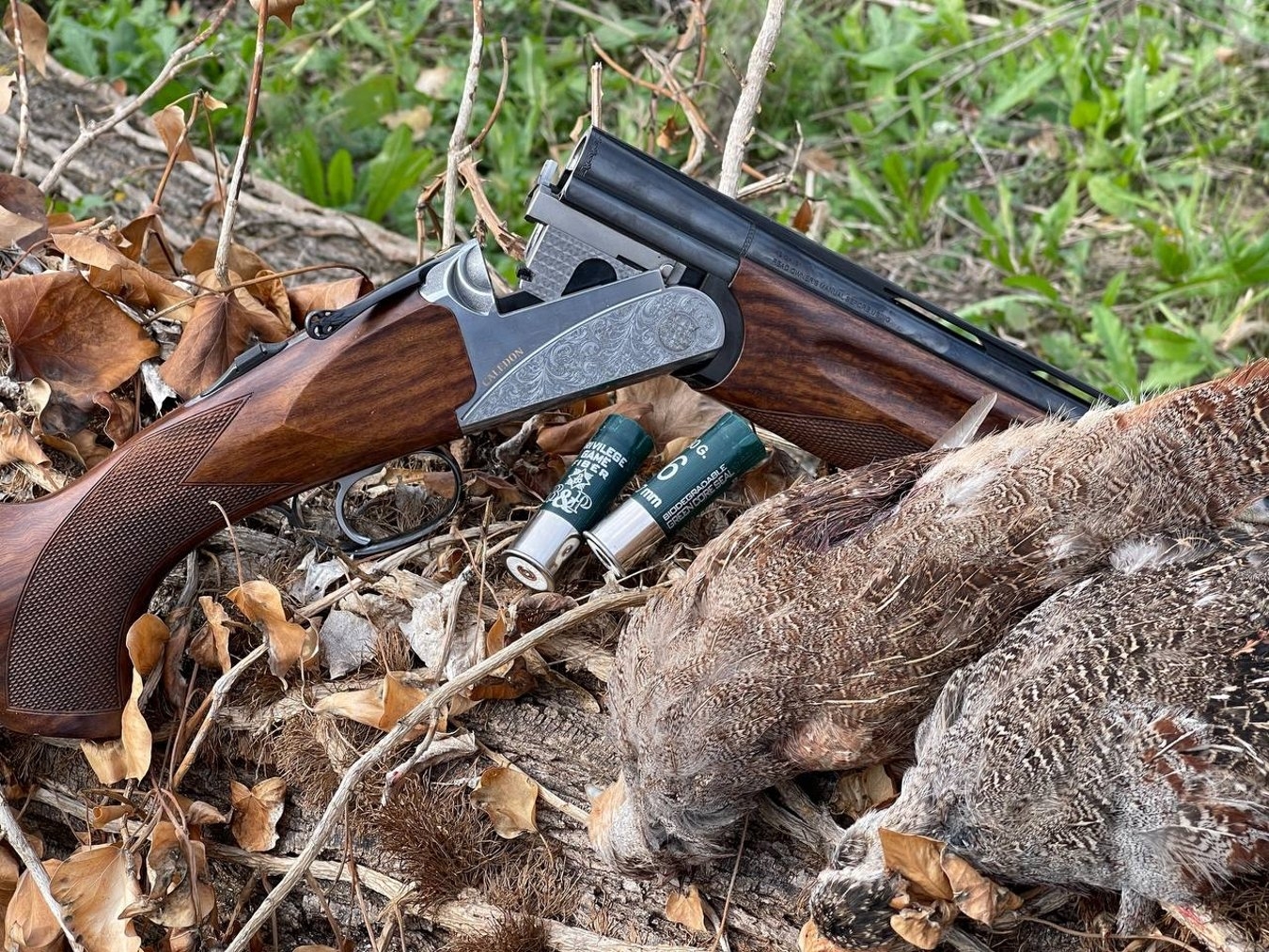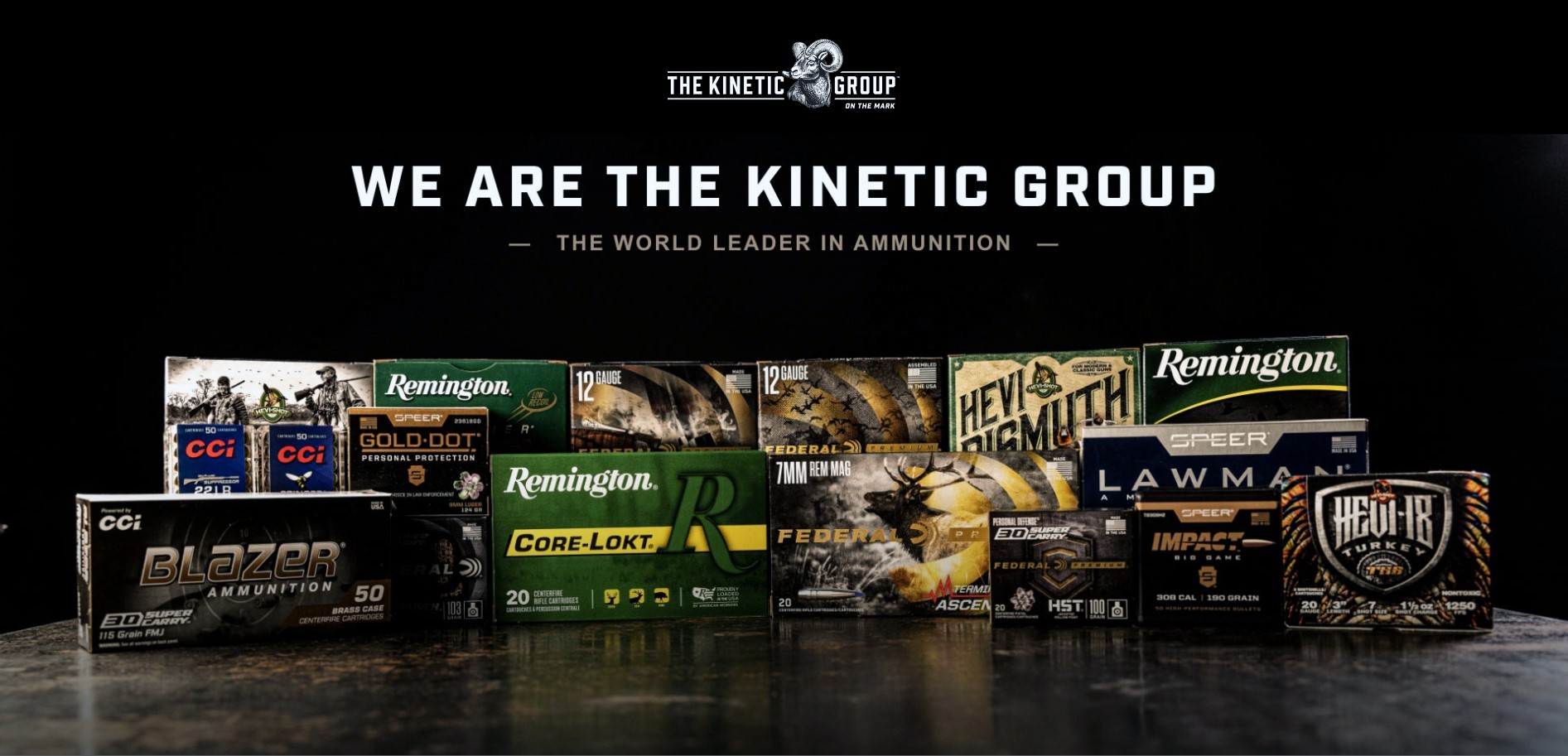Hunters know: shooting game is only ethical if the bullet's trajectory is clear. But what happens when bullets hit obstacles such as grass, branches or corn plants? To investigate this question, we carried out a practical test. Using two different bullets – leaded and lead-free – we investigated how different media affect the trajectory, stability and impact of projectiles. Firstly, it is important to note that we conducted a field test. It is not a scientific test under laboratory conditions.
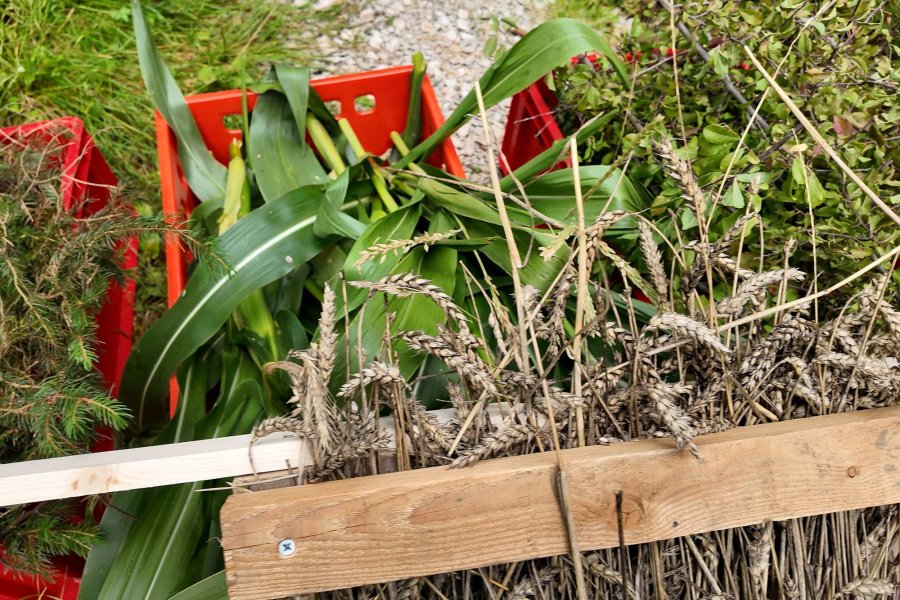
The test candidates: Nosler E-Tip and Whitetail Country
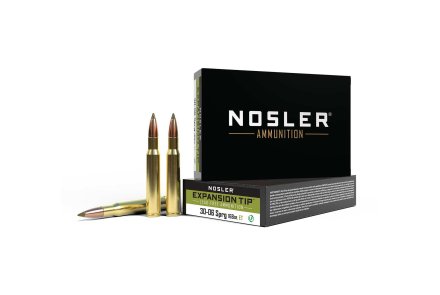
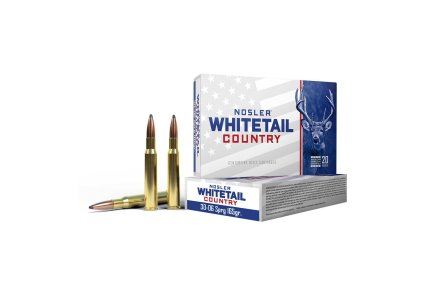
The test environment with bullet trap and details of the bolt-action rifle used
Shooting took place in a secured firing area with a solid bullet trap. Realistic vegetation media, which were clamped in frames, served as obstacles. The following media were used as obstacles: the following media were used as obstacles: grain stalks, corn, spruce branches, and a blackthorn hedge. Objective: to see how lead-containing projectiles behave compared to lead-free projectiles.
We shot from a bench rest with an Anschütz 1782 with GRS Bifrost stock in .30-06 Springfield, fitted with a Noblex scope, the NZ8 2.5-20x50 LR Inception. It should be noted that our results are of course only roughly transferable to a similar setup in terms of gun and especially caliber. Even a .308 Winchester load can behave differently here – even if it was loaded with the same bullet (identical bullet diameter and weight, same projectile type). The same also applies when using a different gun. There are simply too many internal and external ballistic factors at play here, so the results we have achieved can only serve as a guide and to clarify and sensitise people to this problem. Incidentally, the factory loads we used were the lead-free Nosler E-Tip with a bullet weight of 168 grains and the lead-containing Nosler Whitetail Country with 165-gr bullet. But now to the results.
Results in detail: what particularly deflects a bullet in the hunting ground, and what should the hunter pay particular attention to?
1. Cereal stalks:
The widespread assumption that even a thin stalk could deflect bullets a long way could not be confirmed.
- Leaded and lead-free: Both bullet types showed hardly any deviation.
- Splinter formation: No significant effect.
Conclusion: Shots through grain remain essentially stable and lethal.
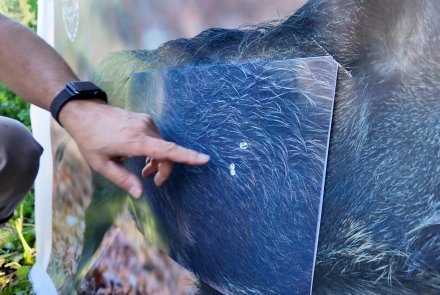
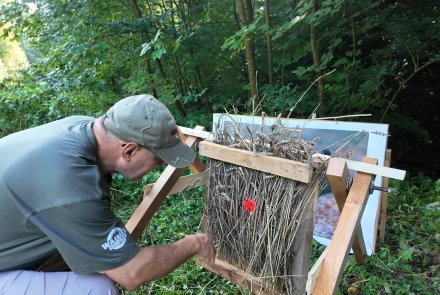
2. Spruce branches:
Wood fibers and branches proved to be a critical obstacle.
- Leaded: splinter formation, deviations visible.
- Lead-free: Also slight tumbling and slight ricochet, effect in the target body possibly limited.
Conclusion: Spruce branches change the bullet effect, regardless of the material.
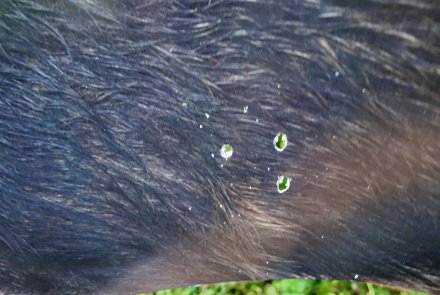
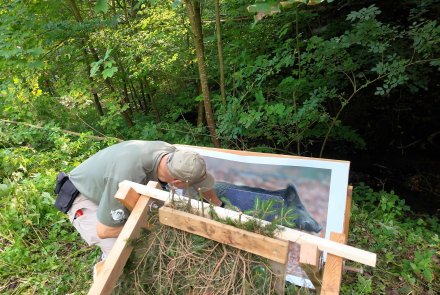
3. Corn plants:
The picture changed significantly for corn.
- Leaded: projectiles started to tumble, sometimes with a massive cloud of splinters.
- Lead-free: Even stronger tendency to ricochet, sometimes complete loss of control.
Conclusion: Even a few corn stalks can influence the bullet to such an extent that the hit position and effect become unpredictable.
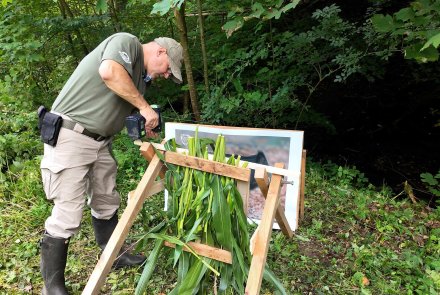
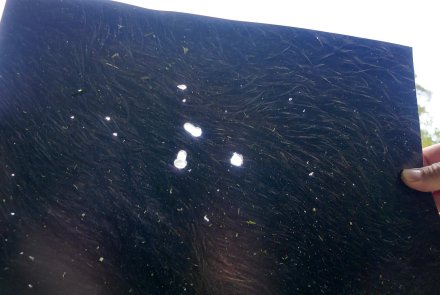
4. Blackthorn hedge
Blackthorn showed the strongest effects in our test.
- Leaded and lead-free: Both bullets were sent tumbling, numerous splinters and massive deflections.
Conclusion: A dense hedge has an extreme effect on the trajectory – the path of the bullet can no longer be calculated.
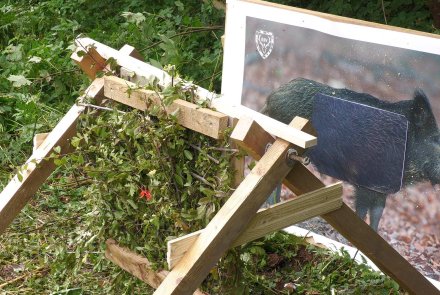
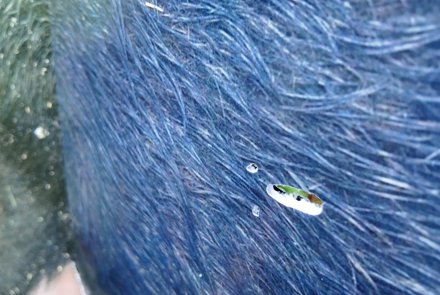
What does this mean in practical terms for hunting?
- Always check the trajectory. Even small branches, thorns or corn stalks near the muzzle can prevent an accurate shot.
- Distance to the obstacle counts: he closer the obstacle to the muzzle, the greater the deflection.
- Lead-free ammunition is not "safer " against deflection – it just behaves differently. Both types of ammunition require clear firing paths.
- With maize & dense hedges: increased caution – the risk of having to search for the game and the probability of a missed shot increase significantly.
- Multiple shots for checking (on the shooting range): useful for test series – but in hunting practice only a clear view helps.
Special findings on the deflection of projectiles: the bottom line
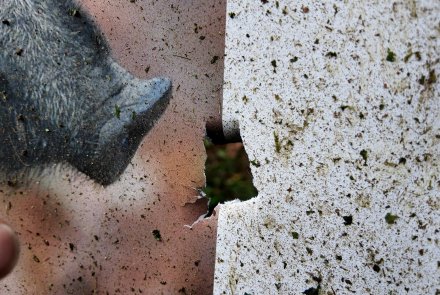
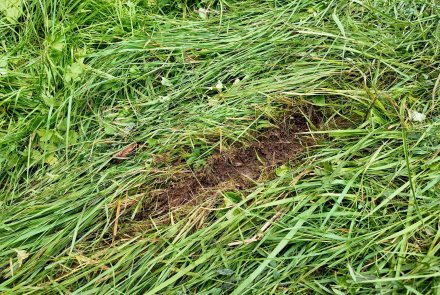
A shot that hit an obstacle just behind the muzzle was deflected to such an extent that the bullet hit the ground about 10 meters in front of the target. This illustrates that branches or plants in the immediate vicinity of the muzzle pose an enormous danger. Our experiment clearly shows that bullet deflection is not a theoretical danger, but a hunting reality. Safety and hunting justice demand that the trajectory of the bullet is always clear. Even if modern ammunition can do a lot, the laws of physics cannot be outwitted.



